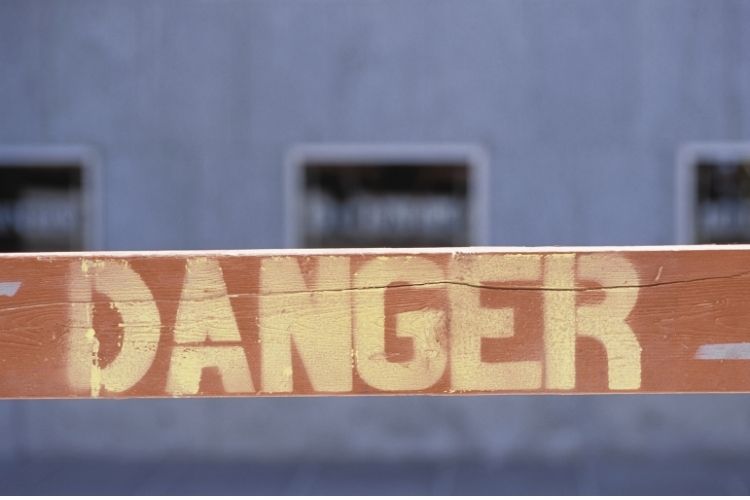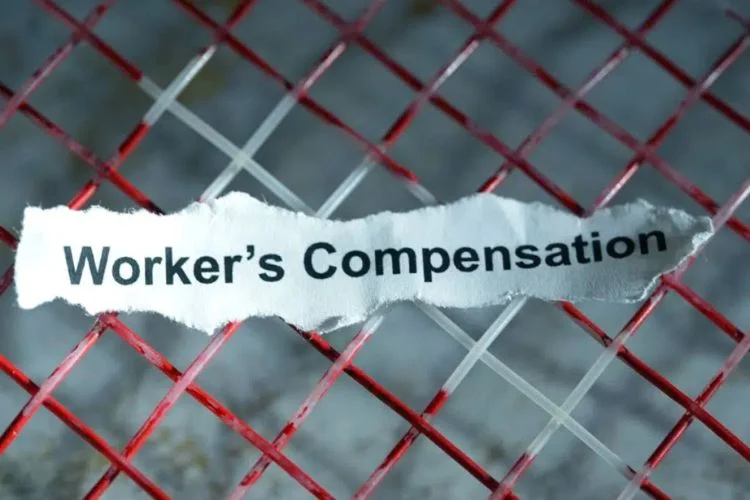Which sources are identified as highly dangerous sources? How is compensation for damage caused by extremely dangerous sources regulated under current law?
1. What is the source of extreme danger?
According to the provisions of Clause 1, Article 601 Civil Code 2015, sources of extreme danger include means of transport motor vehicles, power transmission systems, operating industrial plants, weapons, explosives, flammable substances, toxins, radioactive substances, wild animals and other sources of extreme danger as prescribed by law.
2. Objects considered to be sources of extreme danger
Article 601 Civil Code 2015 does not introduce the concept of sources of extreme danger but only lists objects considered as Sources of extreme danger, including:
2.1. Motorized means of transport
Clause 18, Article 3 of the 2008 Road Traffic Law stipulates: Road motor vehicles (motor vehicles) include cars; tractor; trailers or semi-trailers pulled by cars or tractors; two-wheeled motorbikes; three-wheeled motorbikes; motorbikes (including electric motorbikes) and similar vehicles. Thus, in addition to road motorized transport, there are also railway, waterway and air motorized transport.
2.2. Electrical load system
Electrical transmission system is understood as electrical transmission wires, motors, generators, circuit breakers, etc.; Industrial plants such as heavy industrial plants, light industrial plants, etc. as well as motor vehicles are only considered a source of extreme danger when they are in operation, if they are in a static state they are not. create danger for those around you.
2.3. Weapons
Weapons include military weapons, hunting guns, primitive weapons, sporting weapons and other weapons with similar features and effects.
Military weapons are weapons manufactured and manufactured to ensure technical standards and designs of legal manufacturers, equipped for the people’s armed forces and other forces according to the provisions of this Law. to perform official duties, including:
– Firearms include: pistols, rifles, submachine guns, medium machine guns, anti-tank guns, grenade launchers;
– Light weapons include: machine guns, mortars, DKZ guns, anti-aircraft machine guns, personal anti-tank missiles;
– Heavy weapons include: fighter aircraft, armed helicopters, tanks, armored vehicles, warships, submarines, ground artillery, anti-aircraft artillery, missiles;
– Bombs, mines, grenades, torpedoes, mines; Bullets used for weapons specified in Points a, b and c of this Clause.

2.4. Fire, explosives
Flammables and explosives are liquids, gases, solids… that easily cause fires and explosions. Flammable substances have the property of spontaneously igniting when exposed to oxygen in air, water or under the influence of other factors at high or low temperatures (matches, phosphorus, gasoline, etc.).
Explosives with the ability to cause strong explosions and quickly release heat and light (dynamite, medicine, gunpowder, etc.)
2.5. Toxic
Toxins are highly toxic substances that are very dangerous to the health and life of humans, animals as well as the surrounding environment (Table A poisons such as aconitine and other types of poisons). its salts, zinc, phosphorus, nicotine, etc.)
2.6. Radioactive substances
Clause 8, Article 3 of the 2008 Atomic Energy Law stipulates: Radioactive substances are substances that emit radiation due to the process of nuclear decay and nuclear energy conversion. , has individual or total radioactive activity greater than the exemption level. Radioactive substances are the lethal elements of nuclear weapons, including unstable isotopes of chemical elements, capable of emitting invisible radioactive rays that cause illness or radioactive contamination in humans. animals and habitat.
2.7. Dangerous animals
Wild animals are higher-order animals, have fur, have mammary glands, feed their young with milk, are large, very fierce, and can harm people. For example: tiger, leopard, lion, bear, etc.
Due to the characteristics of highly dangerous sources that always have the potential to cause damage, Civil Code 2015 stipulates that the owner of a source of extreme danger must operate, use, preserve, look after and transport the source of extreme danger in accordance with the provisions of law.
3. Basis for determining liability for compensation for damage caused by extremely dangerous sources
The liability to compensate for damage caused by extremely dangerous sources is specifically determined as follows:
– The damage must be caused by the source of extreme danger. For example: when a car loses its brakes, a tire explodes, etc., an animal during a circus performance jumps out, causing damage to the audience, etc.
– The subject must compensate for damage: The owner of the source of extreme danger must compensate for damage caused by the source of extreme danger; If the owner has given it to another person to possess and use, that person must compensate, unless otherwise agreed.
– The person assigned by the owner to possess and use a source of extreme danger (rental, loan, etc.) must compensate for damage caused by the source of extreme danger even when not at fault.
4. Cases excluding liability for damages
The liability for compensation of the owner or person assigned to possess or use the source of extreme danger is excluded if one of the following cases occurs:
– The damage occurred entirely due to the intentional fault of the damaged person: jumped into a car and committed suicide, suffering damage in the railway safety corridor such as damage to free-ranging animals, passersby, etc.
– Damage occurs in a case of force majeure or an urgent situation, unless otherwise prescribed by law.
5. Liability to compensate for damage caused by extremely dangerous sources
Highly dangerous sources are special assets that always have the potential to cause damage to people around them, so their preservation, operation, and production must comply with strict technical safety regulations. , the order and operating procedures to exploit them.
The owner of a source of extreme danger must compensate for damage caused by the source of extreme danger; If the owner has given it to another person to possess and use, that person must compensate, unless otherwise agreed.
Liability to compensate for damage is determined for the owner of a source of extreme danger when the source of extreme danger causes damage, including in cases where the source of extreme danger is illegally possessed.
Clause 4, Article 601 Civil Code 2015 regulates compensation for damage caused by sources of extreme danger, accordingly :
– In case a source of extreme danger is possessed or used illegally, the person possessing or using the source of extreme danger illegally must compensate for the damage.
– When the owner, possessor, or user of a source of extreme danger is at fault in allowing the source of extreme danger to be possessed or used illegally, he/she must jointly compensate for the damage.





